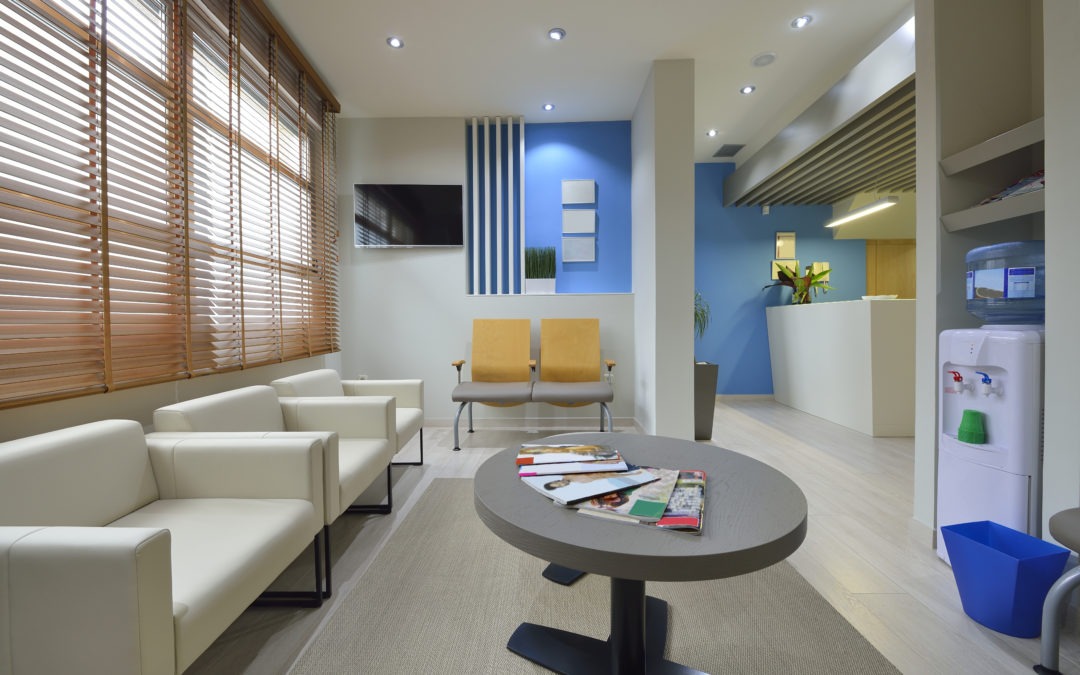When it comes to furnishing a healthcare facility, determining where to begin your search for the appropriate furnishings may be a difficult job. The furniture for a commercial setting must not only be of high quality, but it must also go well above and beyond what would be expected of furniture for an average company. Before you make a purchase consider these new furniture standards for healthcare facilities.
Durability
When it comes to durability, you’ll want to take into account the number of people that visit your facility on a daily basis. Most facilities should be outfitted with furniture that is supported by a framework with metal-to-metal connections since this is the most durable kind. In terms of desks and tables, choose furniture that will not scratch easily since scratches on table surfaces may quickly create a breeding ground for germs, which can then be readily transferred from patient to patient. Surfaces and chairs in a busy waiting area or exam room should be moisture-resistant and durable enough to endure frequent wear and tear.
Easy To Clean
Because of the nature of healthcare, this is one of the most crucial furniture standards for healthcare facilities. The cleanability of your furniture may be strongly intertwined with its safety since the only safe furniture at a medical facility is that which is maintained perfectly clean and sterilized. Of course, the easiest method to keep your furniture spotless is to purchase easy-to-clean furniture.
A clean-out area between the seat and back of the chair should always be included in healthcare seating. This not only leaves fewer catch points for bacteria development and bedbug breeding, but it also makes cleaning the chairs simpler for employees, ensuring the upholstery is thoroughly cleaned and leaving no space for missed areas. A wide clear-out area will prevent potentially hazardous or bacteria-filled items from being lodged between the chair’s seat and back. Remember that your cleaning personnel should never have to put their hands in an area where they can’t see what they’re touching. It’s a health and safety risk for both patients and employees.
Aside from seats, be sure that all surfaces in your medical facility are constructed of easy-to-clean materials. Wood and veneer furniture is porous and should not be used in a healthcare environment. Instead, use laminate for your reception desks, tables, and cabinets, which has the appearance of wood but is much easier to clean. Remember that everything in your healthcare facility, not only what is visible on the surface, must be cleanable. To reduce the spread of dangerous germs in your facility, even the insides of cabinets and drawers must be fully cleanable. Consider utilizing drawer liners, which may be easily removed in the case of a spill.
Safety Standard
Naturally, a critical aspect to consider when buying healthcare furnishings is the product’s safety. Consider the kinds of patients that visit your medical facility daily. To guarantee that all visitors feel welcome and comfortable throughout their stay at an average senior care facility, you should make at least 15% of the seats in your waiting area bariatric. Depending on the kinds of patients you encounter regularly, you may need additional supplies. Hip chairs should be given for visitors who have difficulty getting up and out of conventional guest chairs when equipping an orthopedic or geriatric facility.
Along with a safe weight capacity, chairs should also have a safe egress, which means they should be able to sustain the weight and motion required for a person to get out of them. A chair with arms should have cushioned armrests that are comfortable and simple to grasp and the ability to support the weight of an adult, pressing down on them to get up and out of the chair. Similarly, armless chairs should be available for bigger patients who do not want to utilize a bariatric chair. Remember that establishing a therapeutic environment entails allowing your patients to select where and how to sit.
Avoid welting on furniture. Seating with welting components, also known as cording or piping, is a perfect place for germs to thrive. Contrast stitching and piping may not only transmit germs but can also irritate the skin. Instead, opt for seats with waterfall edges to reduce bacteria capture spots and offer more comfort for your visitors. If your seating has seams, make sure they are outward-facing (away from the person sitting in the chair) to reduce the possibility of bacteria development.
Aesthetics
This is an area that you can create your own furniture standards for healthcare facilities. Suppose you are updating or extending a department or facility or even starting from scratch with a whole new facility. In that case, you shouldn’t have to worry about creating a new style or researching and adding another chair brand for every project. In any design or theme, a carefully chosen list of high-quality “standards” will assist in preventing a patchwork of various interior styles that is inconsistent with one another. In addition to being visually appealing, this kind of consistent design may also save time by promoting an organization’s overall brand
Find Healthcare Furniture Solutions Today
When visiting the doctor for a regular checkup or being hurried to the emergency department after an accident, functional and comfortable furniture is essential to reducing tension. We provide beautiful and practical furniture for waiting areas, nurse stations, doctor’s offices, patient rooms, and more. Marathon Building Environments offers the best healthcare furniture options for your facility. Contact us to get started on creating a more comfortable, safe environment for your patients!

